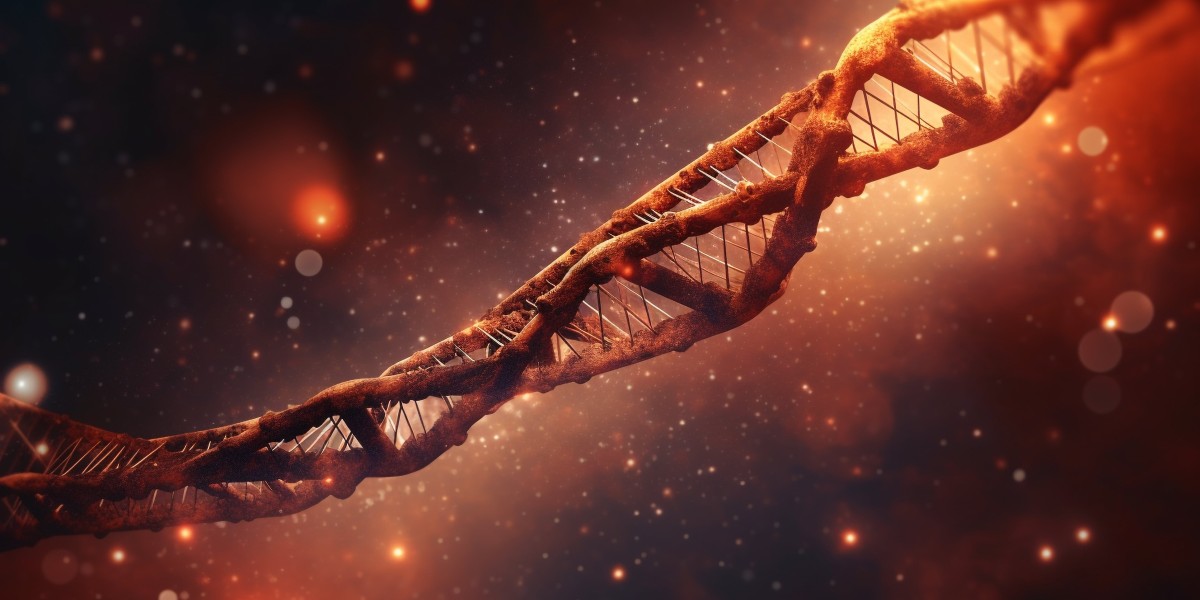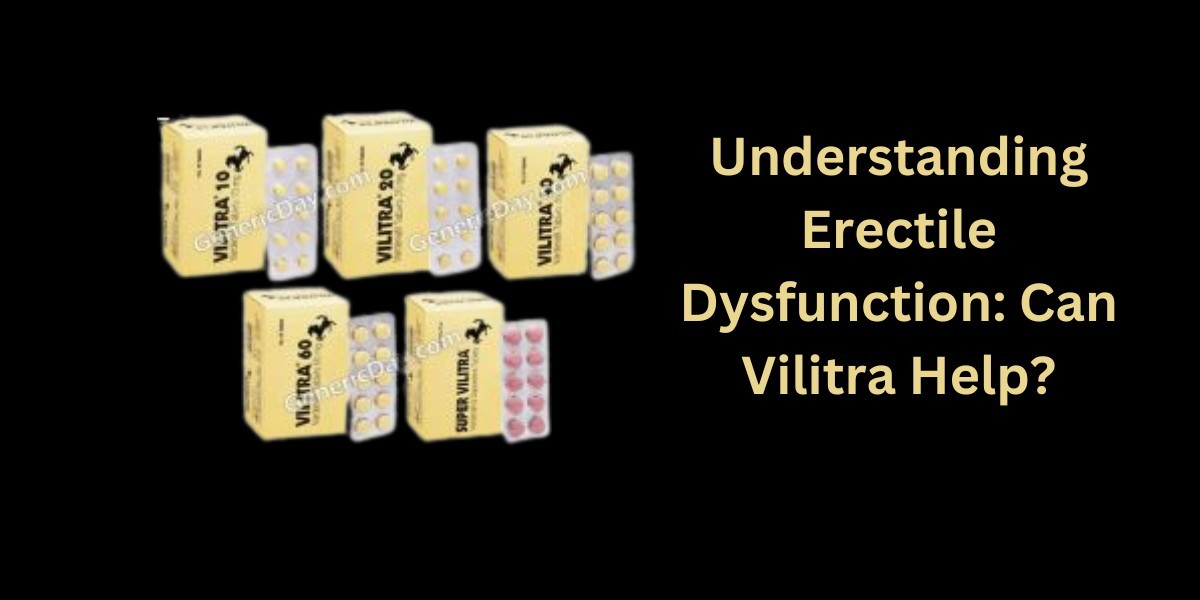Neuromuscular disorders (NMDs) encompass a broad range of conditions that primarily affect the nerves controlling voluntary muscles, resulting in muscle weakness, degeneration, and disability. Among these, Duchenne muscular dystrophy (DMD) is one of the most severe, characterized by rapid progression of muscle degeneration due to mutations in the dystrophin gene. For years, treatment options for such disorders were limited, focusing largely on managing symptoms rather than addressing the underlying causes. However, recent advancements in nucleic acids and gene therapies have ushered in a new era of hope for patients with NMDs.
The Role of Nucleic Acids in Neuromuscular Disorders
Nucleic acids, the building blocks of genetic material, have emerged as powerful tools in the treatment of NMDs. The use of nucleic acids in therapy is based on the ability to correct or modulate gene expression, thereby addressing the root cause of these disorders. For instance, antisense oligonucleotides (ASOs) have been developed to alter the splicing of pre-mRNA, allowing for the production of functional proteins that are otherwise absent or defective in NMDs. This approach is particularly promising for conditions like spinal muscular atrophy (SMA) and DMD, where specific gene mutations lead to severe muscle impairment.
Gene Therapies: A Revolutionary Approach
Gene therapies are at the forefront of innovative treatments for neuromuscular disorders. These therapies involve the delivery of genetic material into patients' cells to replace, repair, or enhance the function of defective genes. In the context of DMD, gene therapy has shown remarkable potential. DMD gene therapy focuses on introducing a functional copy of the dystrophin gene into muscle cells, aiming to restore the production of the dystrophin protein, which is crucial for muscle integrity.
One of the most notable advancements in DMD treatment is the use of viral vectors, such as adeno-associated viruses (AAVs), to deliver micro-dystrophin genes into patients' muscles. These micro-dystrophin constructs are designed to be shorter yet functional versions of the dystrophin gene, enabling the production of a truncated but effective dystrophin protein. Early clinical trials have demonstrated that this approach can significantly improve muscle function and slow disease progression in DMD patients.
Next-Generation Therapeutic Strategies
As research continues to evolve, next-generation strategies in nucleic acids and gene therapies are being developed to enhance the efficacy, safety, and accessibility of treatments for neuromuscular disorders. Innovations such as CRISPR-Cas9 gene editing hold the promise of precisely correcting mutations at the DNA level, offering the potential for a one-time, curative treatment. Additionally, advancements in delivery systems, including nanoparticles and other non-viral vectors, are being explored to overcome the limitations of current viral vector-based therapies.
In conclusion, nucleic acids and gene therapies represent a transformative leap forward in the treatment of neuromuscular disorders. With ongoing research and clinical trials, these next-generation therapeutic strategies hold the potential to significantly alter the landscape of NMD treatment, offering new hope to patients and their families.
Trending Reports



